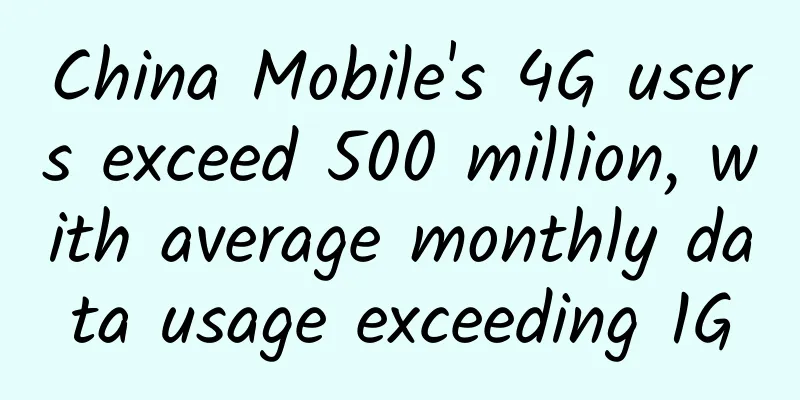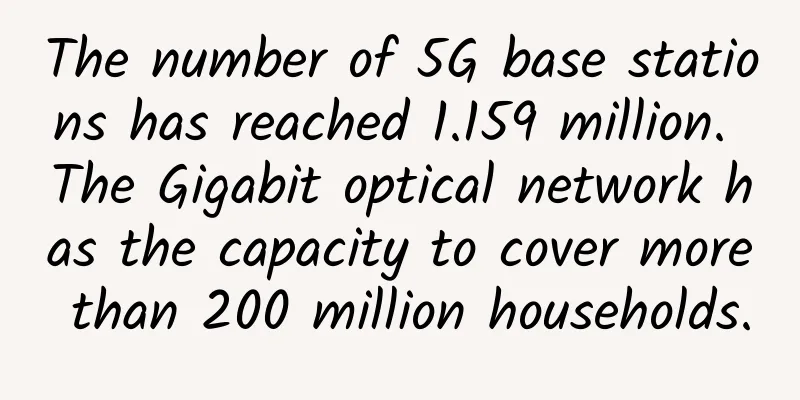Can 5G drive innovation in the smart home market?

|
We still have a long way to go before 5G network services are widely available, but we can discuss the future implications of 5G and how it will improve device capabilities once it is widely available. The impact of 5G lies in the increase in the amount of data that can be transmitted between smart home devices through cloud-based systems. By leveraging the cloud's massive computing power and its ability to process larger volumes of data, we can receive deeper analytics that can improve smart home devices by making them faster and smarter. So, will 5G promote innovation in the smart home market? Current smart home video surveillance systems can show an example of innovation using 5G. Current products allow you to use features such as motion detection. For now, this is a basic form of surveillance that monitors changes in the image and notifies the owner if something unusual happens. Once 5G comes into play, captured video data can be sent to the cloud for more detailed analysis and can allow the system to infer whether the movement is from a human, an object or an animal. Facial recognition can also come into play here, providing a more seamless service when reporting incidents to the police. Likewise, we can use data from various devices in the home to strengthen security measures. Cameras used in conjunction with presence or heat detectors can act by providing more data points for the “bigger picture”, eliminating small errors – combining the use of all smart devices. We can’t rely solely on smart devices to make decisions for us, but what we can do is improve device processing so that when we step in, we already have all the necessary information to evaluate the appropriate call to action. What will 5G allow homeowners to do inside their homes? Currently, smart homes using 4G operate in a fragmented manner by integrating Wi-Fi, Bluetooth and other network protocols. Unlike 4G, 5G will work with low-power devices, making it available for a wider range of connected products. This means we will be able to connect all devices to allow integrated communication between all devices. For example, your refrigerator and other kitchen appliances can be connected together to work in tandem with your home system to create a fully automated home. If your refrigerator is internet connected, you may receive a notification if the power goes out, but because everything else in your home is also connected, you can immediately determine if it’s a power failure or a product malfunction. Faster connectivity means users can quickly take advantage of the data provided by their smart devices, such as water sensors that can monitor water levels and allow for behavioral changes to limit water use. The same applies to vehicles. Cars of the future will be autonomous and include an integrated dash cam, which can then be connected to your security system to provide live enhanced security around the perimeter of your home, alerting you when a potential intruder arrives at your front door. |
>>: What are the applications of machine learning in network management?
Recommend
TMThosting: Seattle high-security VPS with 20% off for monthly payment, 30% off for annual payment, China Unicom CUVIP line, Alipay support
It has been a while since I shared information ab...
Review of China Unicom in 2020: Being “down-to-earth” in the “hyper-realistic” development of 5G, and moving forward with firm “mixed reform”
As a technology that can rewrite the rules of the...
Storage requirements for reliable 5G gateways in industrial systems
Manufacturing and production are being revolution...
Researchers transform 5G networks into IoT power grids
According to foreign media, researchers from the ...
How should we respond to the 5G era? Talking about the prospects and career planning from the perspective of the Internet industry
The 5G war is in full swing, so what are the coun...
Shifting gears to 5G: Operators will experience both hardship and sweetness in 2019
Recently, the three major operators have released...
5G economy has arrived, and there is no "hidden corner" for industrial innovation
The summer of 2020 was a special experience for t...
ArticHost: $3.19/month KVM-2GB/60GB/100M unlimited traffic/Chicago data center
According to information from LEB, ArticHost is a...
Novos: €8/month KVM-2GB/40G NVMe+1TB/25TB/Belgium
According to information from LEB, Novos.be is a ...
Demand is holding back technology. WiFi6 is not yet popular. 6E is coming.
As 5G technology develops rapidly, Wi-Fi technolo...
Want to handle tens of millions of traffic? You should do this!
Your boss asks you to handle tens of millions of ...
Why are miners rushing to buy graphics cards instead of CPUs? When will the graphics card shortage end?
[[383936]] Recently, it has been a nightmare for ...
Open source enthusiasts: Windows will be abandoned by Microsoft and become a Linux subsystem
[[344411]] Open source software enthusiast Eric S...
Servers are attacked for nothing? It’s because the high-defense system is not well-prepared
The development of cloud servers is unstoppable. ...
Why is the price of GPRS module as low as ten yuan? My experience in the localization process of IoT module
The development history of the entire communicati...









